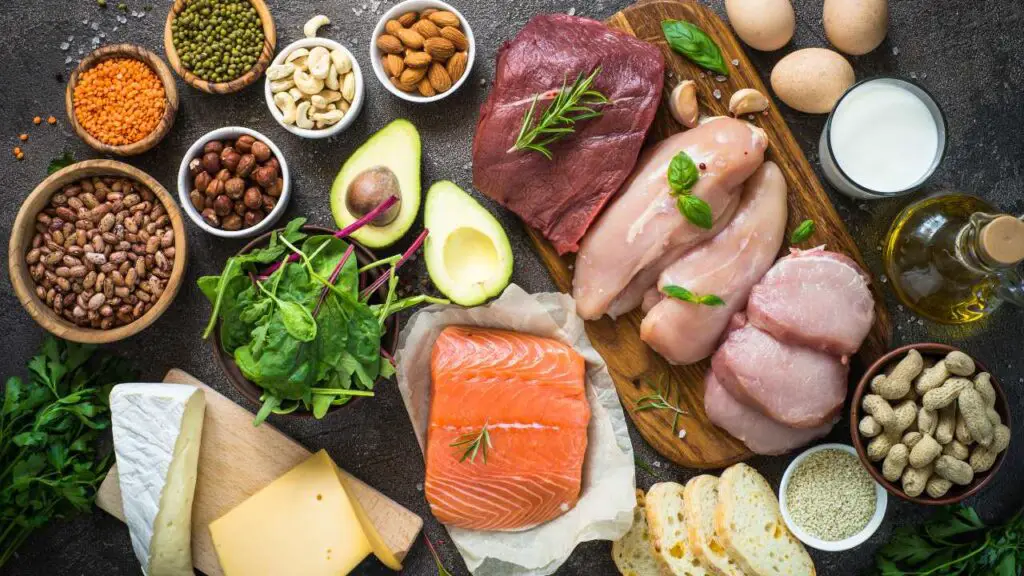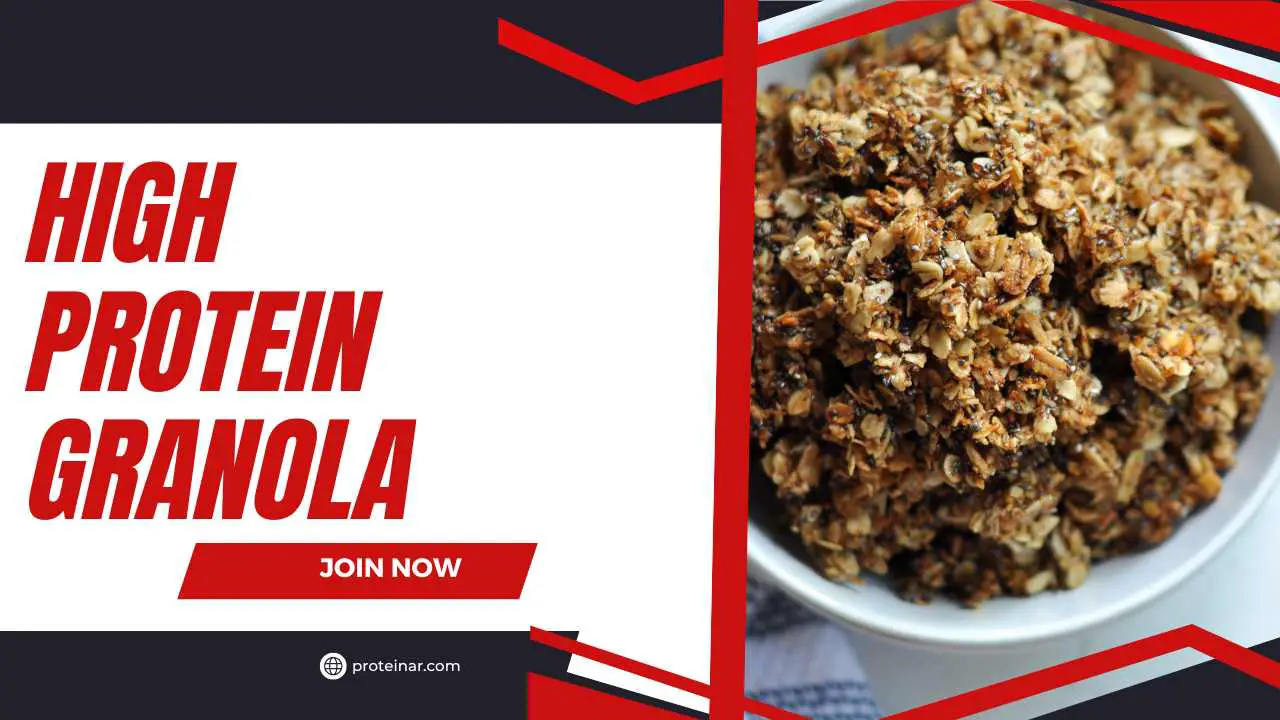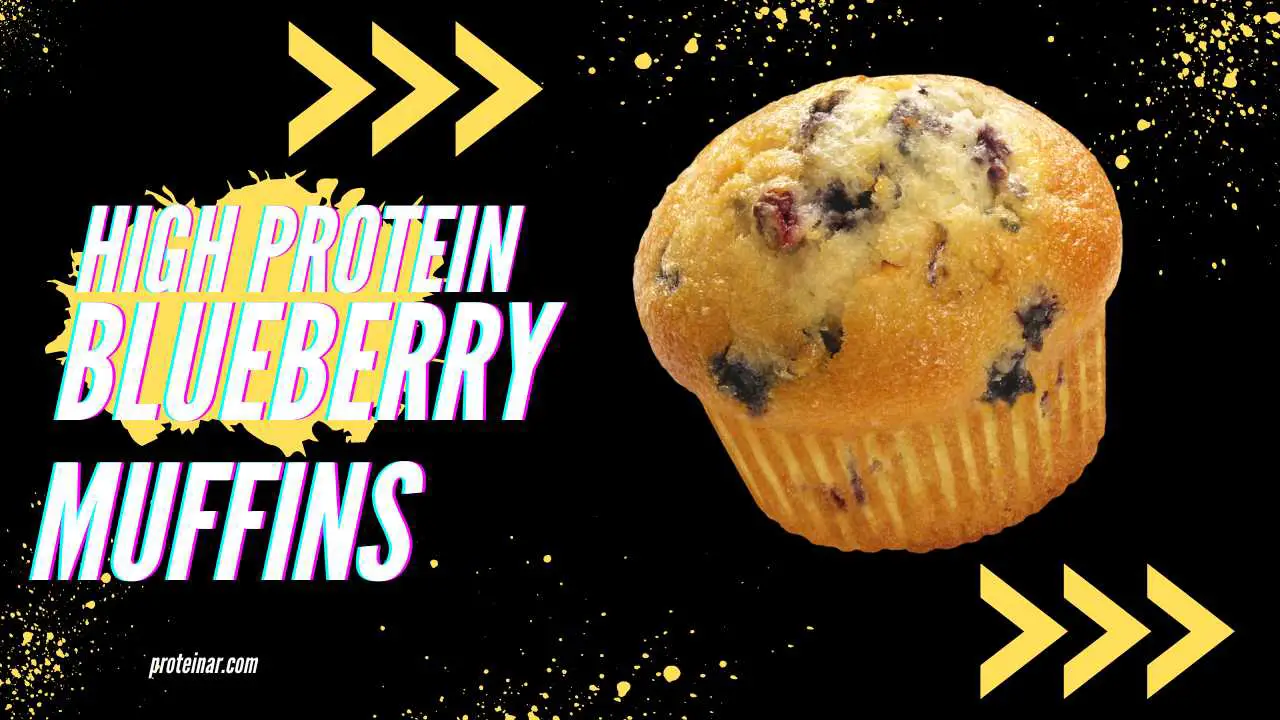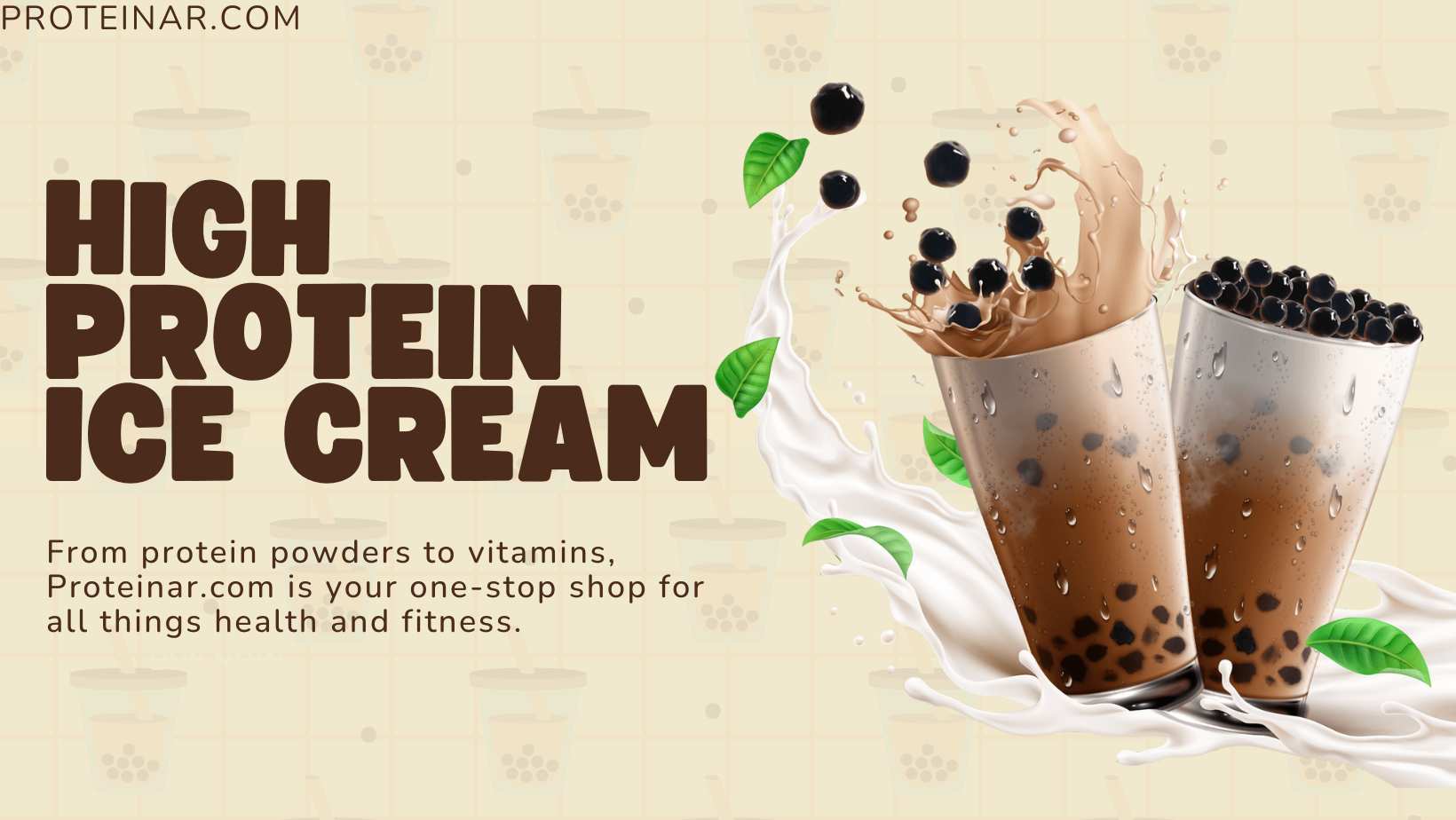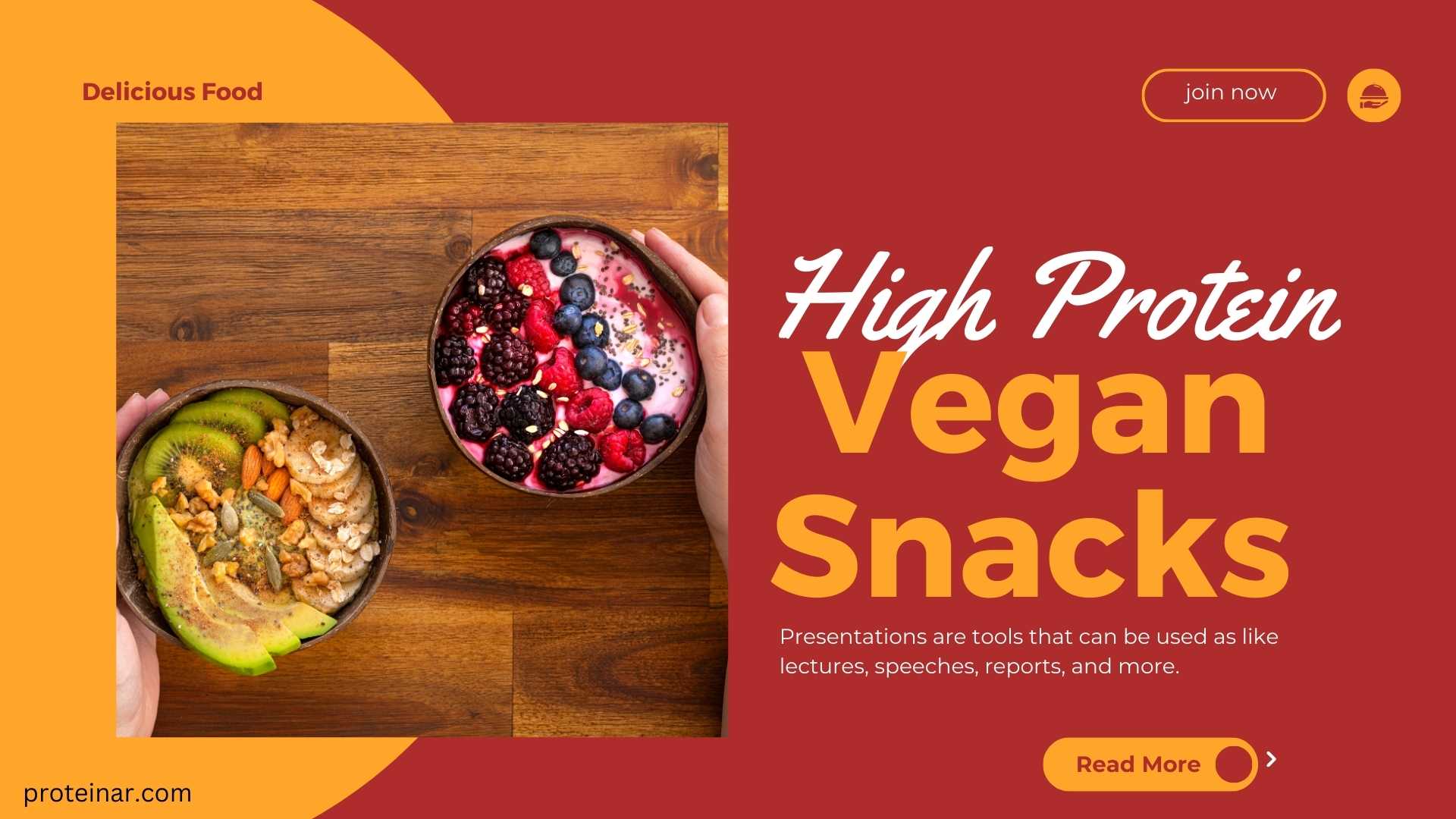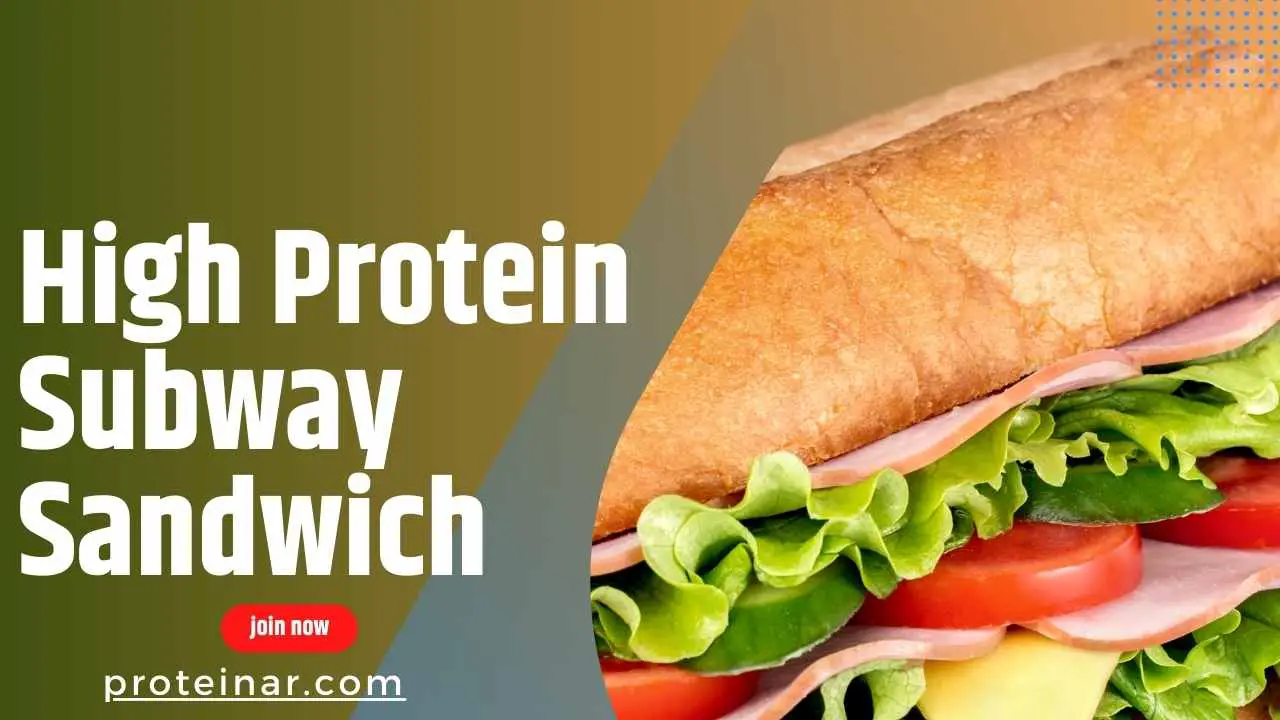High Protein Diet Guide: Best High-Protein Diet Guide
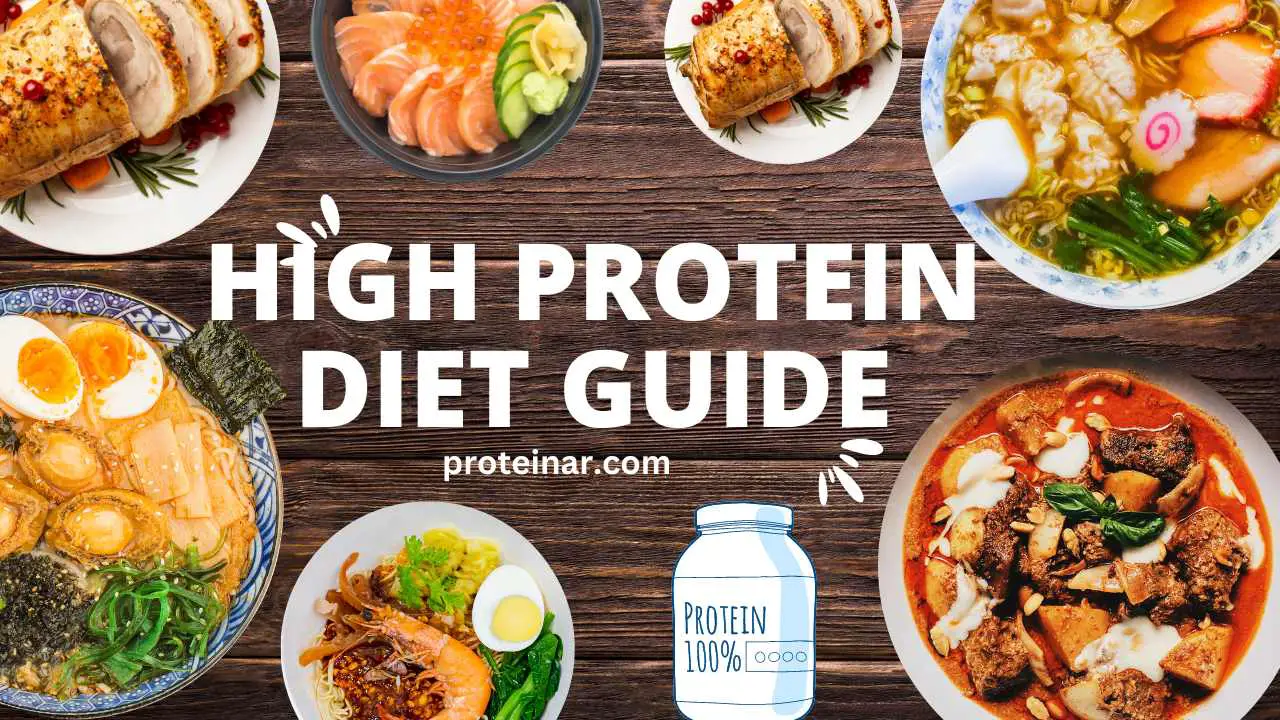
Take control of your health with our High protein diet guide. Learn how to build muscle, lose weight, and improve your overall well-being.
A high-protein diet is not just a trend among fitness enthusiasts; it offers significant advantages for muscle building, recovery, and promoting a lean body composition. If you’re someone who is dedicated to your fitness journey, understands the importance of good nutrition, and aims for a robust meal plan, this comprehensive guide is for you. We’ll explore how a high-protein diet impacts your training results, detail the best sources of protein, and provide you with practical high-protein meal plans for various dietary preferences.
The Importance of High Protein Diet Guide
Protein is a critical macronutrient that plays a vital role in repairing and building muscle tissues, especially after strenuous workouts. It also regulates many processes in the body, including hormone production, immune response, and even energy production when there are insufficient carbohydrates. With a high-protein regimen, fitness enthusiasts can accelerate muscle recovery, maximize hypertrophy, and improve body composition through fat loss. This guide will explain the vital role of protein in sports nutrition and how to properly integrate it into a balanced, goal-oriented eating plan.
How Much Protein Do You Need?
The amount of protein recommended by the government RDAs is 0.36 grams per pound (0.8 g/kg) of body weight, equal to about 56 grams for the average sedentary man and 46 grams for the average sedentary woman. These recommendations represent the lowest amount to avoid deficiencies, not optimal intake for building muscle and enhancing athletic performance. For athletes and those who exercise regularly, you may benefit from about 0.5 to 1 gram of protein per pound of body weight (upwards to around 1.2 grams in studies for optimal muscle growth).
Credit: www.pexels.com
Best Sources of Protein
Protein can be found in a variety of foods, including animal products like meat, poultry, fish, and dairy, as well as plant-based sources like beans, legumes, nuts, and grains. Animal products are considered complete protein sources as they contain all nine essential amino acids that our bodies need for various functions. Plant-based sources may lack one or more of these essential amino acids but can be combined to create a complete protein source.
Some of the best high-protein options include:
- Chicken breast
- Greek yogurt
- Eggs
- Tuna
- Cottage cheese
- Lentils
- Quinoa
- Almonds
It’s important to choose high-quality sources of protein, such as lean meats and dairy products, to ensure you are getting the necessary nutrients without excess calories or unhealthy additives.
Practical High-Protein Meal Plans
Now that we know the importance of protein and where to find it, let’s take a look at some practical high-protein meal plans for different dietary preferences:
High-Protein Meal Plan for Non-Vegetarians
- Breakfast: Egg white omelet with vegetables and turkey bacon
- Snack: Greek yogurt with berries
- Lunch: Grilled chicken breast with quinoa and roasted vegetables
- Snack: Tuna salad on whole grain crackers
- Dinner: Baked salmon with a side of steamed vegetables and brown rice
High-Protein Meal Plan for Vegetarians
- Breakfast: Tofu scramble with spinach and whole grain toast
- Snack: Apple slices with almond butter
- Lunch: Lentil soup with a side of whole-grain bread
- Snack: Hummus and vegetable sticks
- Dinner: Grilled tofu with roasted vegetables and quinoa
High-Protein Meal Plan for Vegans
- Breakfast: Vegan protein smoothie made with plant-based milk, banana, spinach, and protein powder
- Snack: Edamame beans
- Lunch: Black bean and quinoa salad with avocado
- Snack: Rice cakes with almond butter and sliced banana
- Dinner: Vegan chickpea curry with brown rice
The Power of Protein in Your Diet
Before we unveil the full potential of a high-protein diet, it’s crucial to highlight how protein acts as a powerhouse for your body. Proteins are the building blocks of life critical for the structure, function, and regulation of the body. Unlike carbohydrates and fats, the body does not store protein, so ensuring a regular intake is vital, especially for muscle repair and growth.
For fitness aficionados and bodybuilders alike, understanding the significance of protein is non-negotiable. Protein plays a role in muscle synthesis, boosting metabolism, increasing satiety, and aiding in the recovery process after intense workouts. It’s the superhero of your macronutrients, ready to support every fitness milestone you set out to achieve.
Protein Sources for Every Plate
Not all proteins are created equal, so it’s important to have a varied diet that includes high-quality sources. Animal-based proteins like meat, fish, eggs, and dairy contain all essential amino acids, which are the building blocks of protein. Plant-based sources such as legumes, quinoa, and tofu also offer complete or complementary protein profiles.
For omnivores, lean meats and fish stand as the champions of protein content, while vegetarians and vegans can rely on legumes and soy products to meet their protein needs. These options provide ample opportunities to explore and mix different sources, ensuring a rich and balanced intake of protein.
Setting Your Protein Goals
Just how much protein should you be consuming? The answer is not one-size-fits-all. Your protein requirement depends on several factors including your weight, activity level, and fitness goals. A general guideline for individuals involved in regular physical activity is to aim for between 1.2 to 2.2 grams of protein per kilogram of body weight.
Calculating your protein needs is as crucial as hitting the gym. You want to ensure you’re fueling your body with enough protein to facilitate growth while not overloading it with excess calories. A simple formula based on your goals will help you set and achieve your ideal protein intake.
Crafting Your High-Protein Meal Plan
A high-protein meal plan is not just about eating more protein; it’s about balance, variety, and sustainability. Here’s how you can chart your course:
Sample High-Protein Meal Plan
We’re offering meal plan ideas for different dietary preferences to kickstart your culinary fitness adventure. Each example is crafted to provide a well-rounded diet that aligns with your high-protein focus.
For the Omnivore
Sample Day Meal Plan:
- Breakfast: 3-egg omelet with spinach and feta, two slices of whole grain toast
- Mid-Morning Snack: Greek yogurt with honey and walnuts
- Lunch: Grilled chicken breast salad with mixed greens, quinoa, and a balsamic vinaigrette
- Afternoon Snack: Cottage cheese with peach slices
- Dinner: Baked tilapia with a side of roasted sweet potatoes and steamed green beans
- Evening Snack: A protein bar or shake
For the Vegetarian or Vegan
Sample Day Meal Plan:
- Breakfast: Tofu scramble with nutritional yeast, peppers, and onions
- Mid-Morning Snack: Almond butter on sprouted grain bread
- Lunch: Lentil soup with a side of mixed grain salad
- Afternoon Snack: Edamame with a sprinkling of sea salt
- Dinner: Chana masala with brown rice and a side of garlic sautéed kale
- Evening Snack: A protein smoothie with your favorite plant-based milk and added nuts or seeds
Snack Your Way to Success with High-Protein Snacks
Optimizing your protein intake involves more than just meal planning – it’s about those in-between bites that can either make or break your protein goals. High-protein snacks are your allies in the fight to stay full, energized, and on track toward your fitness objectives.
Starting Small with Protein-packed Snacks
Consider these high-protein snacks that can make a significant dent in your daily protein target:
- Hard-boiled eggs
- Greek yogurt
- Jerky (whether meat, soy, or other plant-based alternatives)
- Cottage cheese
- Protein bars or homemade protein balls
- Nut butters with apple or banana slices
Avoiding Common High-Protein Diet Pitfalls
While a high-protein diet has a plethora of benefits, there are some common pitfalls that people may encounter. The most common misstep is not balancing protein intake with enough carbohydrates and healthy fats. It’s important to remember that all three macronutrients play a crucial role in maintaining a balanced diet.
Another mistake to steer clear of is relying too heavily on processed protein sources. While convenient, overly processed protein-rich foods can be loaded with added sugars, sodium, and unhealthy fats. Preparing your own meals with whole foods is your best bet for ensuring a healthy protein intake.
Frequently Asked Questions (FAQs)
How much protein do I really need?
Your protein needs depend on several factors, including your weight, activity level, and overall health. A general guideline is 1.2 to 2.2 grams of protein per kilogram of body weight for those who are active. For personalized advice, consider consulting with a nutritionist or dietitian.
Can I consume too much protein?
Yes, consuming an excessive amount of protein over a long period can lead to digestive issues, kidney strain, and, in severe cases, cardiovascular diseases. It’s important to balance your intake and include various nutrients in your diet.
Is plant-based protein as effective as animal-based protein?
Plant-based proteins can provide all the essential amino acids your body needs, especially when consuming a variety of sources. Some plant proteins are as effective as animal proteins when it comes to muscle synthesis and overall health.
How can I add more protein to my vegetarian or vegan diet?
Incorporate a variety of plant-based protein sources, such as legumes, tofu, tempeh, quinoa, and nuts. Also, consider using protein supplements tailored to vegetarians and vegans.
Do I need to eat protein after a workout?
Consuming protein after a workout can aid in muscle recovery and growth. It’s recommended to eat a protein-rich snack or meal within 45 minutes to an hour after exercising for optimal benefits.
Can a high-protein diet help with weight loss?
Yes, a high-protein diet can boost metabolism, reduce appetite, and increase the number of calories you burn. It can help preserve muscle mass during weight loss and make you feel fuller for longer, reducing overall calorie intake.
Conclusion: High protein diet guide
Despite the many benefits of a high-protein diet, it’s always best to seek professional advice before making significant changes to your eating habits. Nutrition is a complex and highly individual area, and what works for one may not work for another. By consulting with a healthcare professional or nutritionist, you can ensure that your high-protein diet is tailored to your specific needs, safe, and ultimately achieves your desired results.
A high-protein diet can be a game-changer for your fitness goals, contributing to improved performance, better recovery, and enhanced body composition. By incorporating a diverse range of protein sources into your meals and snacks, you can create a robust and delicious eating plan that supports your active lifestyle. Remember, the key to success is understanding your High protein diet guide needs, being mindful of your choices, and making adjustments as necessary. Your high-protein adventure awaits – it’s time to take the first bite!

